 |
Ceviche, pachamanca, chupe de carmarones, aji de gallina, juanes… these are just some of the dishes that are part of Peru’s gastronomic tradition.
Origins
Though for most people Peruvian cuisine is a secret hidden away in the land of the llamas, you’ll be surprised to learn that you eat Peruvian every day… in fact, it’s not the recipes, but the products that are the riches of this country, ingredients that create the flavors and aromas of Peruvian dishes.
Most people live from agriculture and livestock-raising. Like the Aztecs, the Peruvians have always grown many plants such as avocados, beans and corn which until the 16th century were unknown to Europeans.
Another discovery: the Incas probably never suspected that their mala peruviana – the apple of Peru – would become the object of such interest and would later be called the “tomato.”
Here is a very brief overview of the country’s riches. Maybe they are the reason that Peruvians describe themselves as
"tramps sitting on a golden bench!"
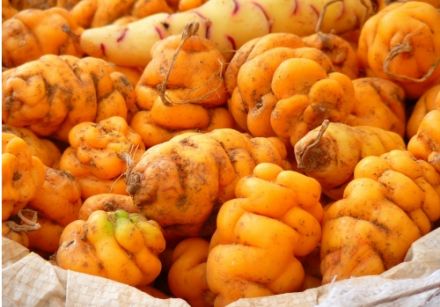
“Papas” have been grown here since time immemorial and have been adapted to the most diverse climates. There are some 4000 varieties.
Peruvians are especially fond of the yellow-fleshed potato, a variety found only in Peru.
Traditionally potatoes are cooked in a white cheese sauce with sour orange juice and chili powder, served with hard boiled eggs wrapped in lettuce leaves.
Potatoes dried in the sun can be stored for years. In the days of the Incan empire, the emperor stocked them to distribute in case of famine.
And it was here, from the Cordillera of the Andes to the Incan tombs, that the Europeans first encountered the peanut. And the big white kidney bean? Though it’s known by many names throughout the world, it’s still a descendent of the Lima bean, named after the country’s capital.
And it was here, from the Cordillera of the Andes to the Incan tombs, that the Europeans first encountered the peanut. And the big white kidney bean? Though it’s known by many names throughout the world, it’s still a descendent of the Lima bean, named after the country’s capital.
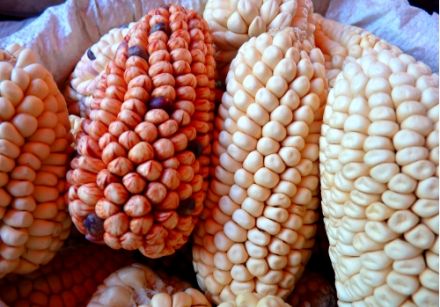
Besides potatoes, there are other famous tubers such as camote (sweet potato) that serve as an accompaniment to many dishes, as well as yucca, olluco and oca.
Peru also produces more varieties of corn than any other country, some thirty-five in all. Not surprisingly, you’ll find it prepared in countless forms: cooked on the cob, ground and cooked (mote), grilled (cancha), liquid (chicha) and as mazamorra (a purple corn-based dessert.)
- Corn (35 ecotypes)
- Tomatoes (15 species)
- Potatoes (4000 kinds)
- Asparagus (world’s second largest exporter after China)
- Sweet potatoes (2016 varieties: 65% of the world’s total)
- 650 kinds of indigenous fruit
- 3 kinds of cocoa
- An incredible number of types of banana
- 2000 species of fish (both ocean and river – no. 1 in the world)
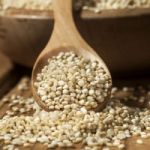
Biologists and agricultural engineers are presently studying crops in the Andes and are gradually discovering their vast nutritional riches. Quinoa, kiwicha (amaranth) and maca (a tuber resembling a turnip) contain trace elements and vitamins in amounts that far exceed most vegetables. Quinoa, for example, is galactogenic, meaning it promotes milk production in mothers and expectant women. And since it contains no gluten, it’s perfect for celiacs and those on gluten-free diets.
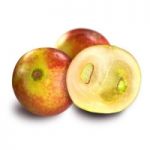
It uses products from the rich and diverse local natural resources, such as “paiche,” the largest fresh water fish. Unfortunately, since this cooking is based solely on local ingredients, it is very difficult to reproduce elsewhere – you have to come here to experience its simple appeal. For instance, you’ll discover the richness of camu camu, a fruit that contains 40 times more vitamin C than the kiwi.
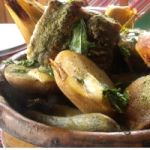
The cuisine of the Sierra – the Andes – is the most interesting
The delicious products of the Andes, including many types of potatoes and corn, “cuy” (Andean rabbit) and the typically Peruvian ají (hot pepper) are the bases of the cooking of the Sierra but are found throughout the country. On Sundays or holidays, Peruvians love to gather around a pachamanca: a dugout barbecue pit lined with banana leaves in which meat and vegetables are cooked between white-hot stones.
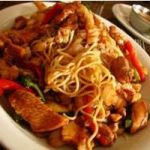
Throughout the centuries, Peru absorbed a Spanish influence in its stews and soups, an Arab influence in its desserts, an African influence in its Creole cooking, an Italian influence in pasta, a Japanese influence in fish and seafood, and a Chinese influence that gave rise to one of the country’s most popular dishes: chifa.
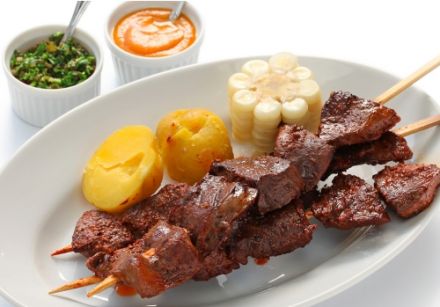
In the streets, vendors sell anticucho, skewers of spicy veal or beef heart, and butifarra that consists of two rounds of ham sausage wrapped in lettuce leaves, sprinkled with chopped onion, chilies and achiote. This is where you’ll find the famous “pocket lunches” that you buy in the morning on the way to work. It’s an all-in-one meal. At home, women boil an egg, roll the peeled hardboiled egg in grain or cornmeal and wrap it all in ground meat. Then it is grilled, wrapped in a piece of cloth and tucked into one’s back pocket.
In the chacras (gardens) or in the market, you’ll see women filling their baskets with the fruits and vegetables that are the basis of their meals: camote (a kind of sweet potato), paltas, enormous dark pineapple, plantains (called pig bananas here because a handful of rice, guava, etc. is always thrown into the pot with them).
With 2000 km of coast on the Pacific Ocean and even more fresh water rivers, Peruvians are great fish-eaters, and with good reason: the unimaginable diversity of fish (700) and seafood (400)… from corvina to bonito (a kind of tuna), from rock lobsters to sea urchins. Delicious shrimp fill the rivers, and in some lakes of the Sierra it’s possible to fish for trout. In the rivers of the Amazon forest they catch paiche (arapaima), a huge and delicious fish.
When freshly caught, the fish is turned into ceviche: raw fish marinated in lemon juice with sliced onion, and sometimes a little cilantro. Otherwise it is used for charqui, a stew that is difficult to describe to foreigners, since it contains a little of whatever’s on hand.
When it comes to meat, try game served with bananas and yucca (a kind of cassava) or an alpaca steak.
And for fruits, chirimoya and lucuma are unbeatable in desserts.
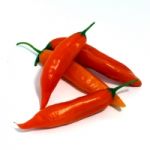
It’s an Andean product used in dishes throughout the country: a few varieties such as rocoto are used in hot sauces and ají colorado (red chili) is used as a condiment after the seeds and veins have been removed.

The originality of Peruvian cuisine is not limited to traditional dishes. A new generation of chefs continues to develop and expand the cooking of Peru with innovative modern dishes, beautifully presented, that have earned the name “Peruvian nouvelle cuisine.”
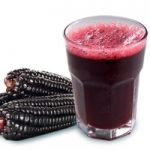
Chicha, the national drink
The first French sailors to settle near Callao and Lima in the 18th century received a warm and potable welcome! Everyone from the captain to the ship’s boy was given a large vessel of chicha, a homemade beer made from fermented corn. While beer in the cities is similar to American brews, there is also “chicha de platanos,” a sweet drink made from chapo or plataniza. Or maybe you’d prefer “chicha morrada” made from purple corn, plantains and pineapple!
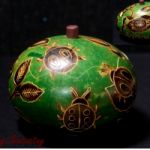
Squash and gourds
Decorated with consummate art, gourds are part of everyday life in Peru. At certain times of the day you’ll see women carrying an empty gourd on their head going to get water. The shape of the gourd determines its use, whether as calabashes, pots, plates or pails for rain water. For example, bowls are carved from the rind of the chiclayos, a large pale squash with a sweet strawberry interior.
Others are used as decorative objects. On pear-shaped gourds you’ll find wonderful expressive faces painted, with everyday scenes adorning the background.
Photos
Corn & yellow potatoes: Pixaday
Young chefs: Causa Rellena. ©Del Solar / Promperu
Anticuchos : 123rf / hotelprincipecusco.com

-

 Recipes
Recipes
-

 Products
Products
-

 Entertaining
Entertaining
-

 Chefs
Chefs
-

 Hints & Tips
Hints & Tips
-

 Glossaries
Glossaries








